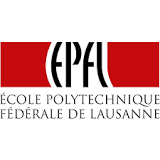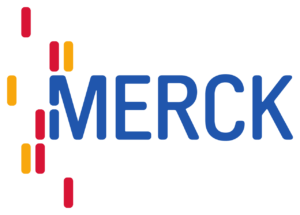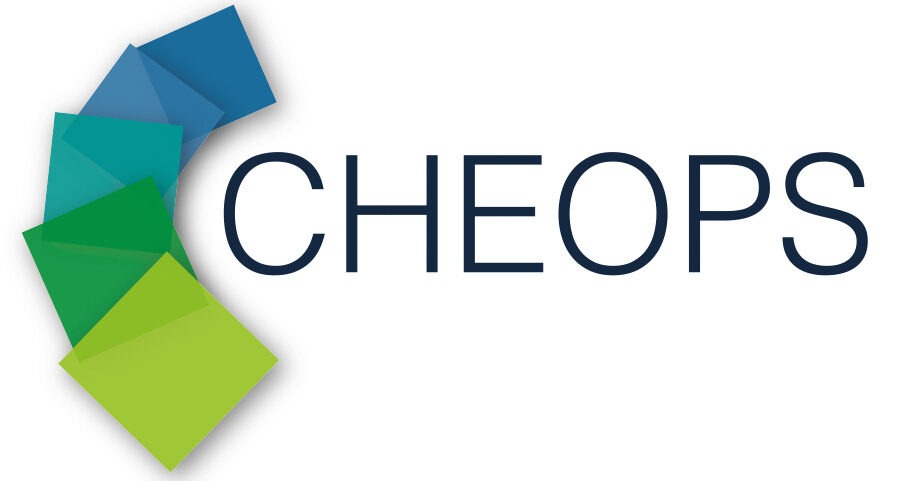Objective
The development of perovskite/silicon (PK/Si) tandem devices in CHEOPS was the most impactful outcome of the project. The main target was to combine the lessons learned from the development of improved perovskite single-junction cells with the knowledge from research on stability and upscaling in order to improve perovskite/silicon tandem solar cells. This type of solar cell is considered to become the next generation of devices for harvesting solar energy.
Achievements
The main development regarding perovskite/silicon tandem cells in CHEOPS were:
- Full integration of perovskite solar cells in tandem devices featuring crystalline silicon heterojunction bottom cells to achieve (at the time of publication) world record power conversion efficiency of 25.2%.
- First demonstration of conformal PK deposition on fully textured Si wafers
- Establishment of a low-temperature PK process (< 200° C) using a variety of soft fabrication techniques.
- Engineering and synthesis of fully transparent (VIS and NIR) hole and electron-collecting contacts.
- Development of optical and electrical matching layers between the perovskite top cell and the silicon bottom cell.
Results
Involvement
École Polytechnique Fédérale de Lausanne

EPFL is a public institution founded in 1969, mainly funded by the Swiss Confederation. The EPFL is an engineering college active in education and research and has three core missions: training, research and technology transfer. It covers disciplines ranging from the Basic Sciences to Engineering, Architecture and the Life Sciences. Its main campus brings together over 13,000 persons, students, researchers and staff in the same place working in 5 Schools, 2 Colleges, 1 Transdisciplinary Entity, 27 Institutes, 340 laboratories, 9,868 students (Bachelor, Master, PhD & post-docs) of over 125 nationalities, and 329 faculty. The female students and professors are 27%. It has 168 start-ups established between 2000 and 2012, 111 invention disclosures, and 66 priority patents filed. The total Annual Expenses are 860 MCHF. The group participating in CHEOPS is the Photovoltaics and Thin Film Electronics Laboratory (PV-LAB) of EPFL.
Centre Suisse d’Electronique et de Microtechnique (Project Coordinator)

CSEM, Centre Suisse d’Electronique et de Microtechnique (Swiss Center for Electronics and Microtechnology), founded in 1984, is a private non-profit applied research and development center specializing in micro- and nanotechnology, systems engineering, photovoltaics, microelectronics, and communications technologies. It offers its customers and industry partners custom-made, innovative solutions based on its knowledge of the market and the technological expertise derived from applied research.
The CSEM PV-center is an industry driven, application oriented program within CSEM created to bring new high-tech solutions for solar components and systems to technological maturity, and serve the global renewable energy industry. The PV-center is able to provide a full range of services to partners, ranging from technology development to product prototyping including the realization of full-size demonstration systems. The infrastructure of the PV-center includes specialty systems for coating, patterning, printing, and fabrication processes, as well as pilot manufacturing lines – from glass cleaning and wafer etching up to the assembly of fully functional PV modules and systems.
Tyndall National Institute

Tyndall National Institute, University College Cork, is one of Europe’s leading centres for Information and Communications Technology research and is the largest facility of its kind in Ireland. Its mission is to deliver new opportunities for Ireland’s economic growth through excellence in research and development, and post-graduate education & training, and by delivering innovative solutions to the grand challenges of the information society, including communications, energy, healthcare and the environment. The main research fields at Tyndall are electronics, photonics, materials and smart systems. Researchers, support staff and postgraduate students at Tyndall currently number over 400. The advanced materials and surfaces group specialises in the growth and characterisation of thin films and interface control layers by vapour deposition methods.
Fraunhofer Institute for Applied Polymer Research

The Fraunhofer-Gesellschaft zur Förderung der angewandten Forschung e.V. (Fraunhofer) is the leading organisation for applied research in Europe, undertaking contract research on behalf of industry, the service sector and the government. The main task of the Fraunhofer Institute for Applied Polymer Research (Fraunhofer IAP) is the development of new materials and device technologies up to technology transfer. The Fraunhofer IAP has 210 employees and an annual turnover of € 14 million.
Merck KGaA

Merck is a leading company for innovative and top-quality high-tech products in healthcare, life science and performance materials. Around 39,000 employees work in 66 countries to improve the quality of life for patients, to further the success of our customers and to help meet global challenges. We generated total revenues of € 11.1 billion in 2013 with our three segments: Healthcare, Performance Materials and Life Science.
Merck products are known and established throughout the world. Whether our medicines of biological origin, over-the-counter products, products for allergen immunotherapy, liquid crystals for LC displays, Merck pigments for the coatings, plastics and printing industries as well as lab solutions for pharmaceutical research and biotechnology – products and services from Merck enjoy a high level of trust everywhere.





